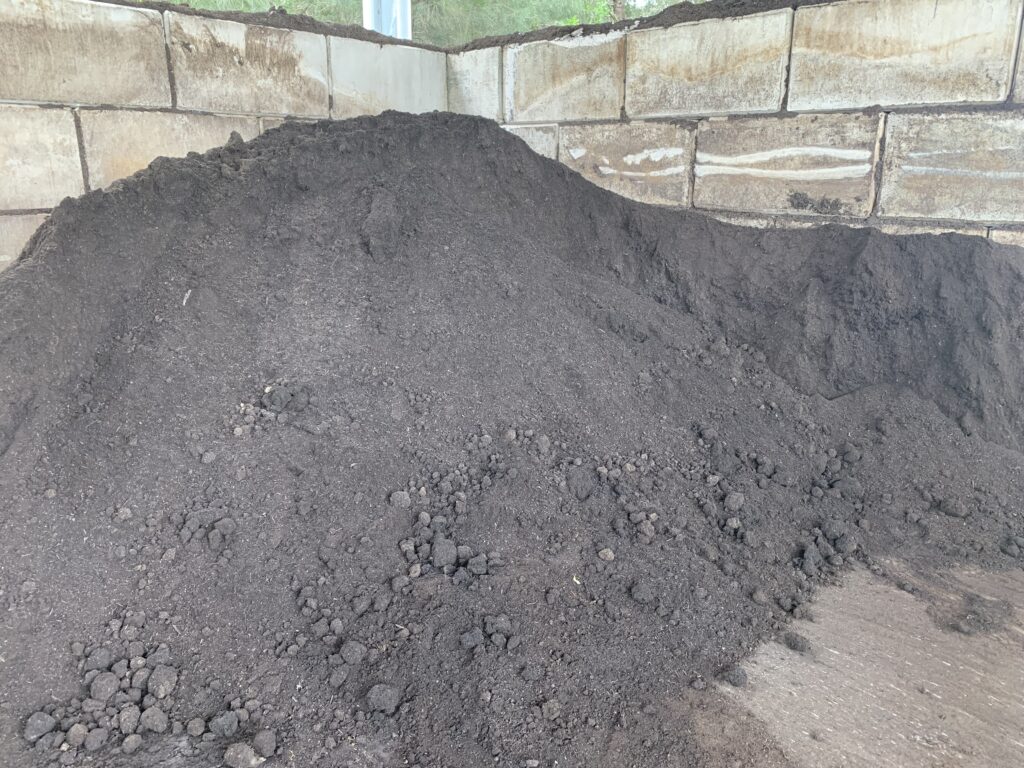Risk characterisation of microplastics in recycled organic wastes
The challenge
Recovered waste is often used for beneficial purposes such as soil amendments, earthworks, or engineering fill. However, this waste can contain microplastics. These tiny pieces of plastic debris have been linked to environmental damage.
The prevalence of microplastics in recovered waste has also until now, been poorly understood.
Our response
We are working on a project aimed to uncover the potential risks of microplastics (specifically those under 5 mm in size), present in recovered waste that’s repurposed for land applications.
This research could provide advances in developing reliable and time-efficient method for measuring these small contaminants.
The project has several important objectives. Firstly, it will establish a robust method for measuring microplastics in soils and recovered waste materials. Secondly, it aims to gauge the quantity of microplastics that end up in terrestrial systems in NSW due to the application of repurposed waste intended for soil enhancement.
Impact
This project has the potential to significantly enhance our understanding of and ability to manage the environmental risk posed by microplastics.
The results could be used to inform authorities on whether regulations are needed to control the amount of microplastics in recovered waste to help protect human health and the environment.

Soil amendment prepared from food and green organics waste – but how much microplastics is in there?

